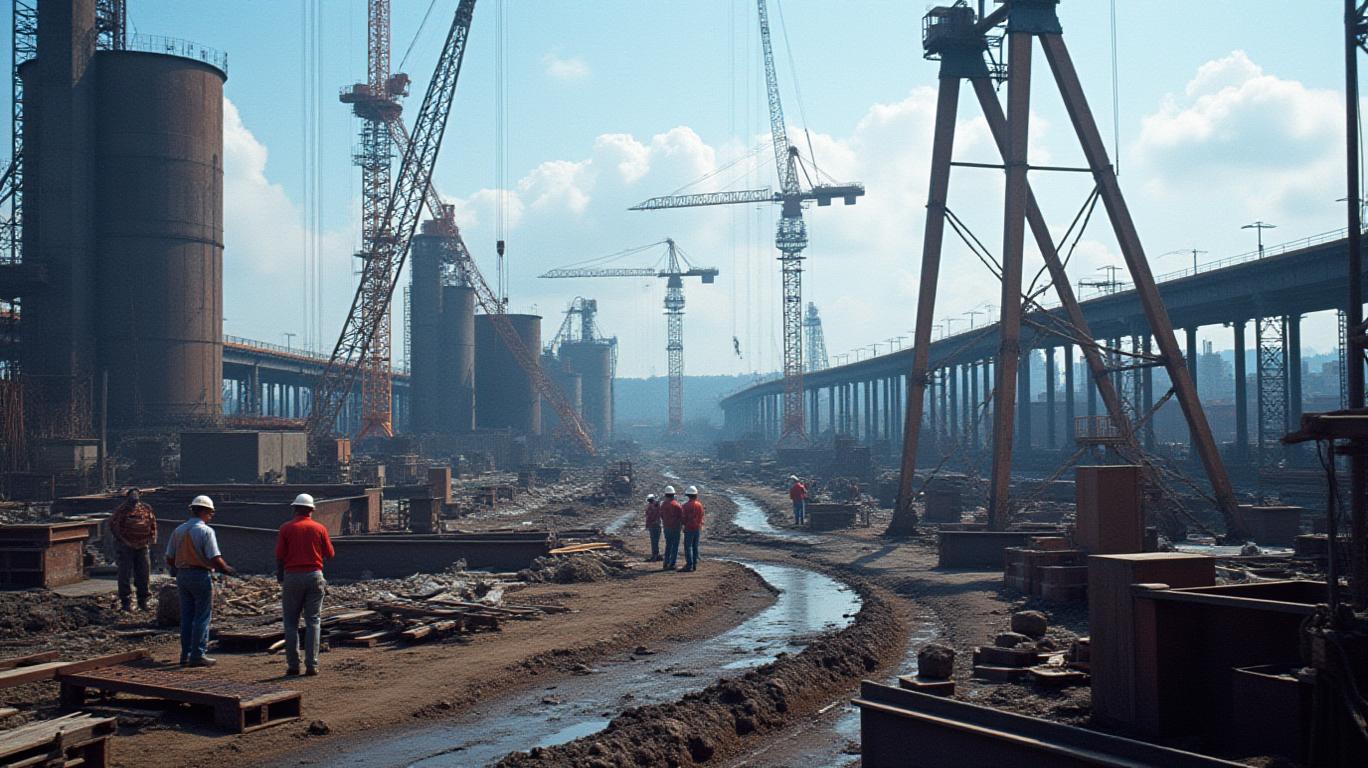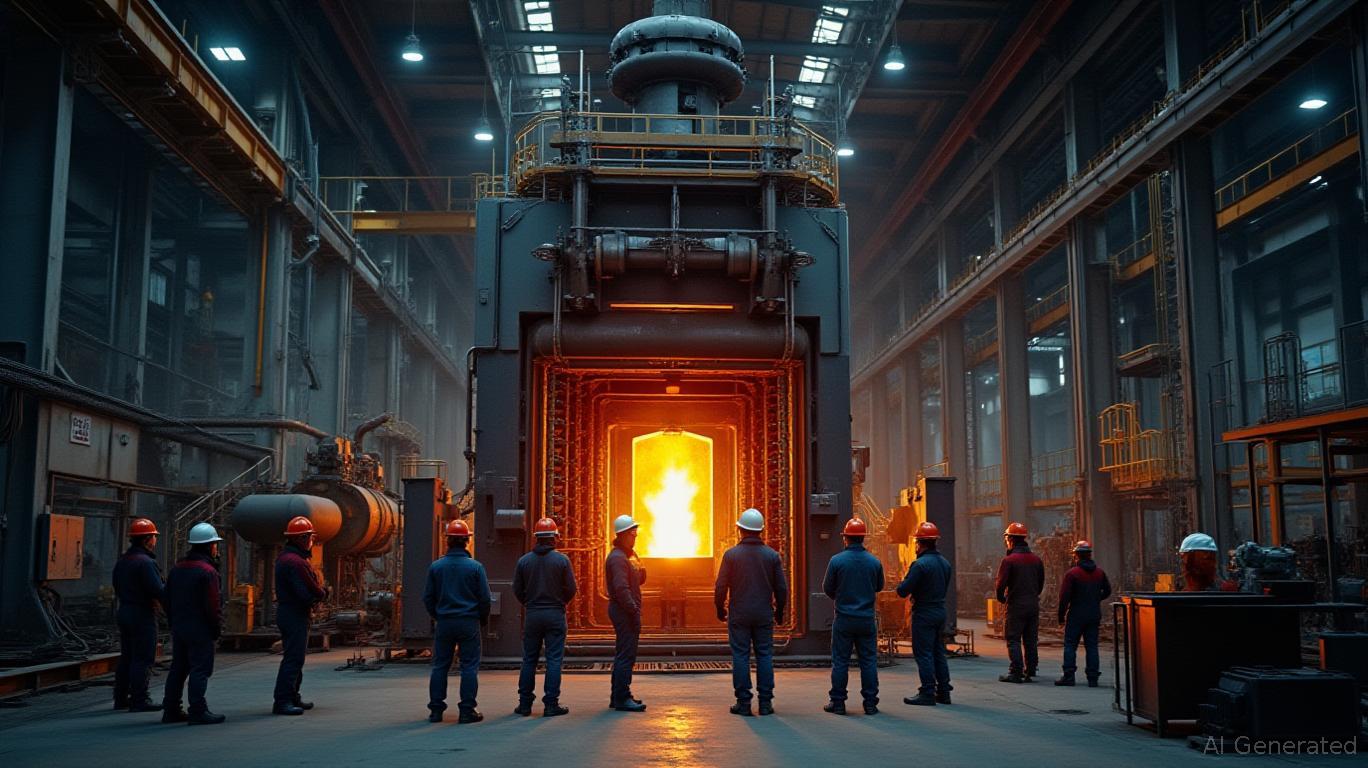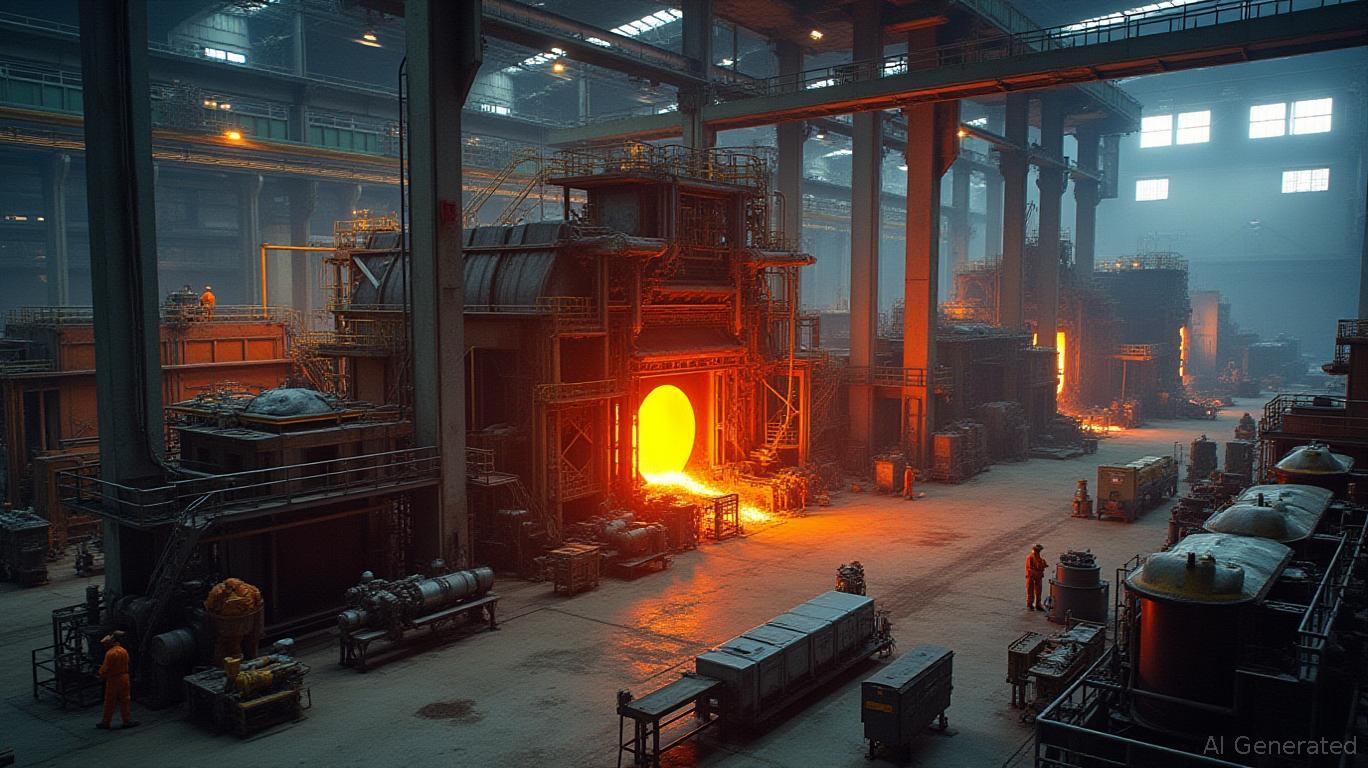Nucor Steel’s Berkeley Gambit: Deregulation’s Double-Edged Sword
Subheading: A $625M Plant Modernization Sparks Debate Over Trade Policies, Environmental Risks, and Economic Survival
Lead: On May 1, 2025, Vice President JD Vance and EPA Administrator Lee Zeldin toured Nucor Steel’s Berkeley plant—a symbolic gesture framing the facility as a linchpin of the Trump administration’s “industrial renaissance.” But beneath the rhetoric of American manufacturing revival lies a complex gamble: a massive modernization project intertwined with controversial tariffs, regulatory rollbacks, and warnings of economic fallout.
The Berkeley Bet: Modernization or Moral Hazard?
Nucor’s Berkeley facility is undergoing a $625 million overhaul, hailed as a step toward becoming one of the “cleanest steelmaking operations in the world.” CEO Leon Topalian emphasized the project’s role in reducing emissions while boosting U.S. steel production—a sector where Nucor already dominates 25% of domestic output.

Yet this expansion is inextricably tied to the administration’s deregulatory agenda. The EPA’s recent proposal to relax air quality standards (NAAQS for PM 2.5) and streamline permitting under its “Powering the Great American Comeback” initiative directly benefits industries like steel manufacturing. Critics, however, argue this prioritizes corporate interests over public health.
The Tariff Trap: Winners and Losers in the Steel Wars
The administration’s 25% tariffs on imported steel and aluminum, championed by Vance, have become a flashpoint. Nucor executives and local officials like Berkeley County Supervisor Johnny Cribb credit the tariffs with spurring a 25% surge in order backlogs, driving job growth and national security through reduced reliance on foreign steel.
But opponents, including Rep. James Clyburn, paint a darker picture. He warned that tariffs are already contributing to a 0.3% GDP contraction in early 2025, with small businesses and farmers hit by rising input costs. The U.S. Chamber of Commerce echoed these concerns, citing risks of a deeper recession unless policies shift.
Political Paydirt or Public Good?
The Berkeley plant’s modernization isn’t just an industrial project—it’s a political lightning rod. Nucor’s PAC donated hundreds of thousands to Republican campaigns, including $25,000 to a Trump committee pre-election, while Topalian personally contributed over $3,400. This alignment with the administration’s deregulatory push raises questions about whether the public interest is being sidelined.
Meanwhile, Vance’s visit occurred amid broader criticism of the administration’s economic record, including a shrinking economy and backlash over offshore drilling plans. The sudden removal of National Security Adviser Mike Waltz—now U.N. Ambassador—adds to perceptions of instability, even as Nucor’s executives tout “certainty” under current policies.
Conclusion: Nucor’s Crossroads
Nucor’s Berkeley project epitomizes the administration’s twin pillars: protectionism and deregulation. The $625 million investment underscores the potential upside—25% of U.S. steel production, 32,000 jobs nationwide, and a symbolic win for “Made in America.” Yet the risks loom large.
The stock’s performance (
Last Price($) | Last Change% |
|---|---|
| 3.70 | 0.54% |
Ticker |
|---|
| DTSTData Storage |
Actionable Takeaway: Monitor NUC’s stock alongside broader tariff impacts and environmental policy shifts. A rebound in GDP or easing of trade tensions could signal a buy—while persistent economic weakness may warrant caution.
JR Research

_b905d9341749265671656.jpg)








